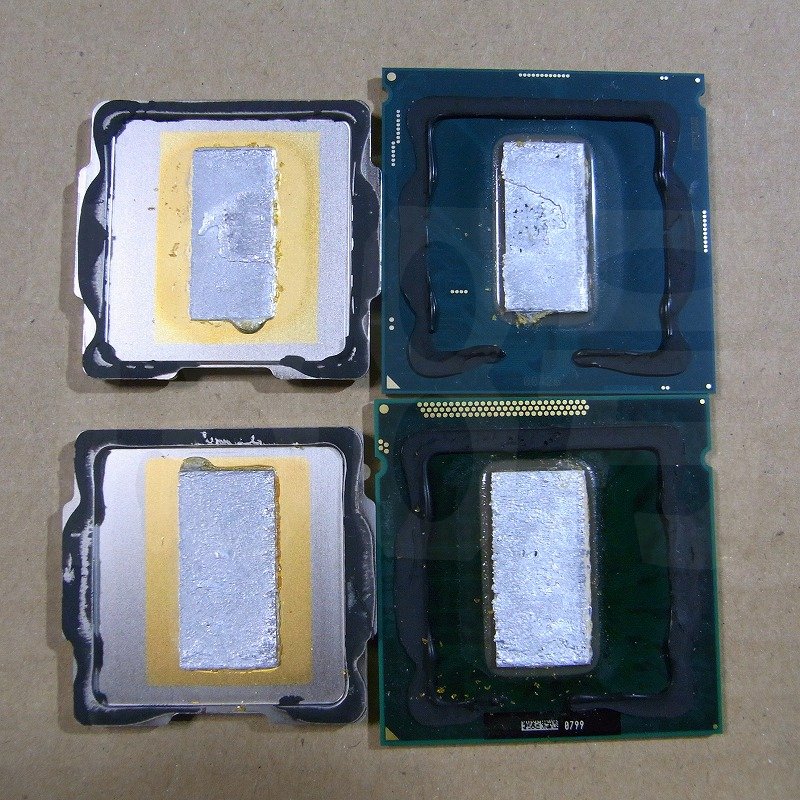- May 29, 2011
- 73
- 6
- 71
Ian says the latest Intel chips will last just a couple years in his review of the new 9th generation CPUs. Sandy Bridge and the pre-Skylake-X soldered HEDT chips clearly have a lifespan of more than a couple years, so is this a case of Intel giving with one hand while taking away with the other?
Last edited:




